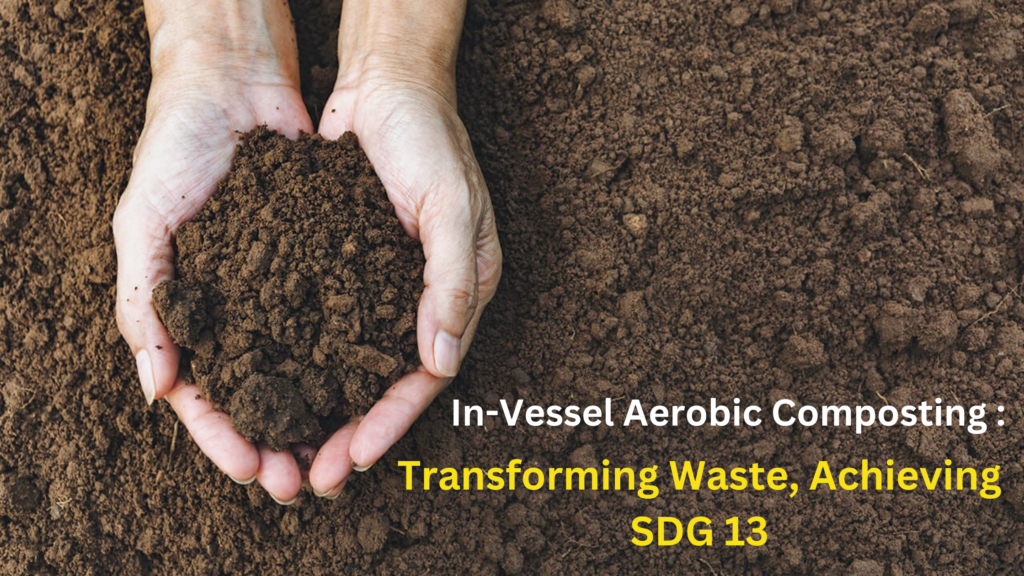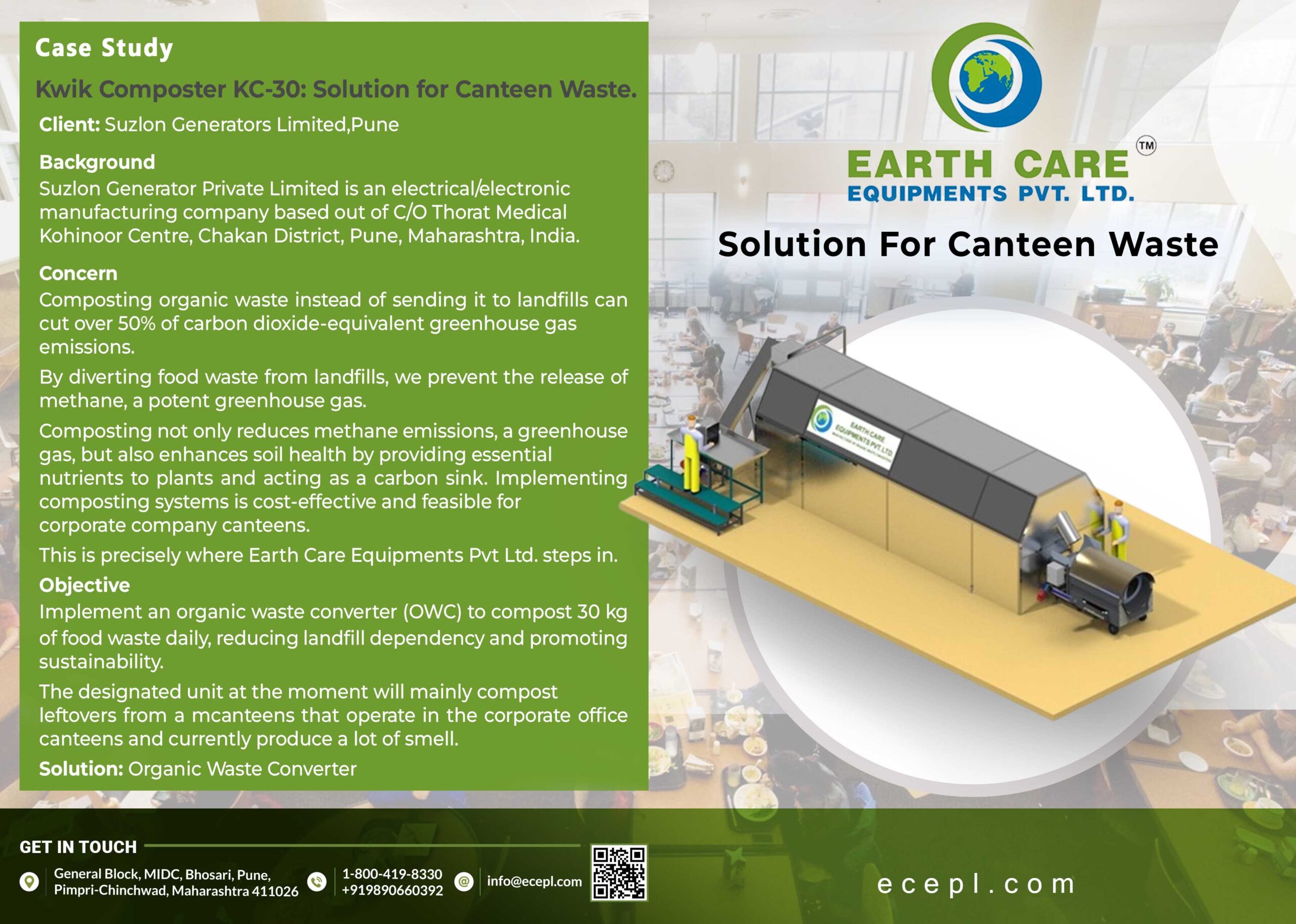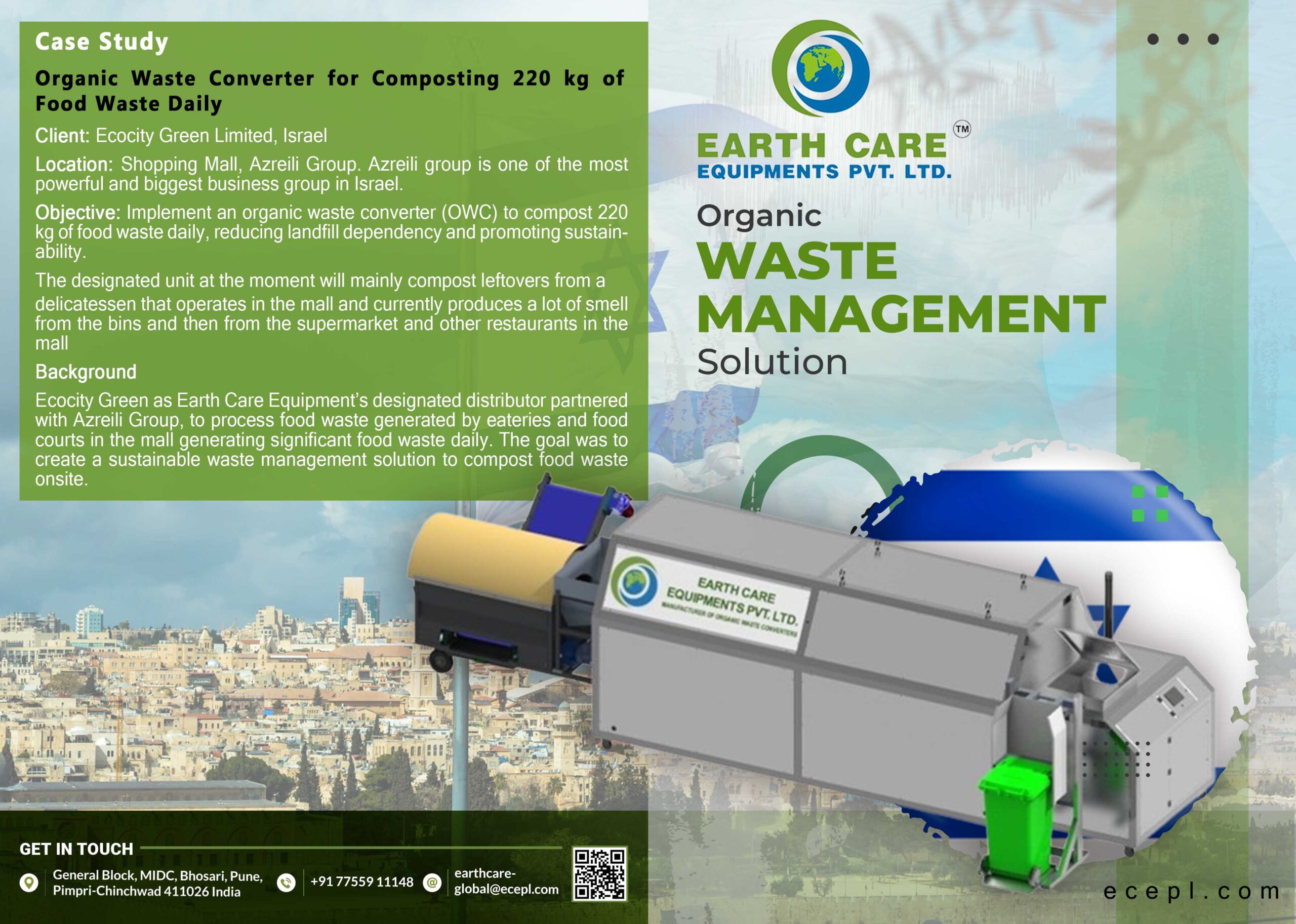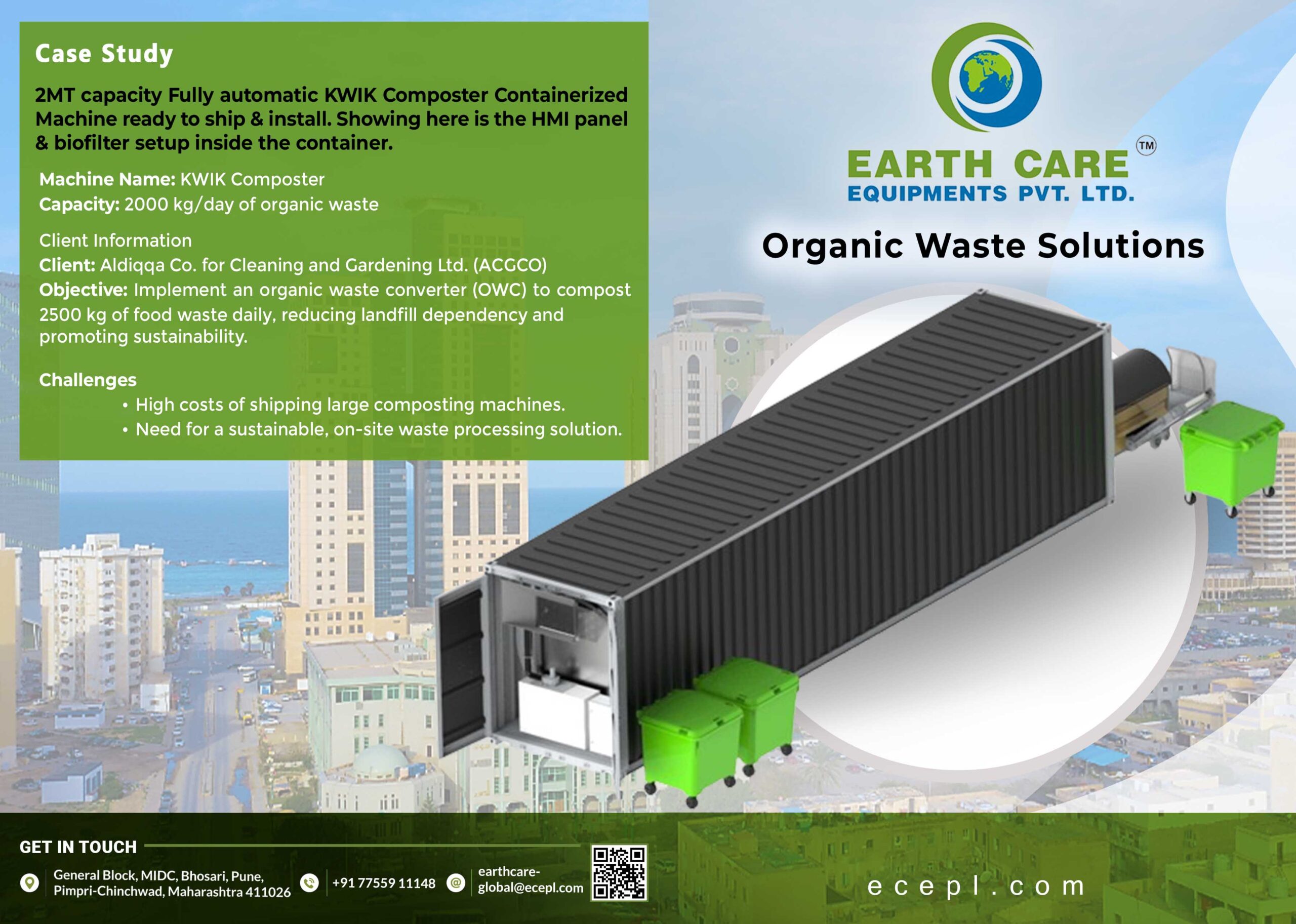
Introduction
In today’s world, where environmental concerns are at the forefront, finding sustainable solutions to combat climate change is of utmost importance. One such solution is In-Vessel Aerobic Composting. This innovative composting technique not only helps in waste management but also contributes to achieving SDG 13 – Climate Action. In this blog, we will delve into the details of In-Vessel Aerobic Composting and explore its significance in addressing climate change.
What is In-Vessel Aerobic Composting?
In-Vessel Aerobic Composting is a controlled process of converting organic waste into compost in an enclosed vessel. Unlike traditional composting methods, which can be time-consuming and produce unpleasant odors, this technique offers several advantages. The waste is placed in a sealed container, where it undergoes decomposition through the action of aerobic microorganisms in the presence of oxygen.
How Does In-Vessel Aerobic Composting Work?
The process of In-Vessel Aerobic Composting involves several stages:
Input: Deposit segregated organic waste from the inlet of the machine along with 20-25% carbonaceous material (i.e. wood chips, pallets) and 0.1 % composting culture.
Process:
Ø Mixing, curing and composting will be automatically done inside the machine.
Ø Compost will get collected in a bag/bin from the rear end of the machine.
Ø Replace the compost bag/bin when it is full.
Output: Very pleasant sweet smelling compost.
Benefits of In-Vessel Aerobic Composting
The utilization of In-Vessel Aerobic Composting offers several benefits:
- Reduced Methane Emissions: By composting organic waste aerobically, the production of methane gas, a potent greenhouse gas, is significantly reduced. Methane has a much higher global warming potential compared to carbon dioxide, making its reduction crucial in combating climate change.
- Enhanced Nutrient Recycling: Composting organic waste allows for the recovery of valuable nutrients present in the waste stream. These nutrients can be returned to the soil, promoting sustainable agriculture and reducing the reliance on synthetic fertilizers.
- Waste Diversion: In-vessel composting provides an efficient solution for diverting organic waste from landfills, where it would otherwise contribute to greenhouse gas emissions and leachate production.
- Soil Improvement: The compost produced through this method is rich in organic matter and beneficial microorganisms. It improves soil structure, enhances moisture retention, and promotes nutrient availability, leading to healthier and more resilient plants.
- Climate Action: In-Vessel Aerobic Composting aligns with SDG 13, which focuses on taking urgent action to combat climate change and its impacts. By reducing methane emissions and promoting sustainable waste management, this technique contributes directly to achieving climate-related goals.
Frequently Asked Questions (FAQs)
- Is In-Vessel Aerobic Composting Suitable for all types of organic waste?
- Yes, this composting method is applicable to various types of organic waste, including food waste, garden waste, and agricultural residues.
- Does In-Vessel Aerobic Composting require specialized equipment?
- Yes, in-vessel systems, such as rotating drums or tunnels, are used to create the controlled environment necessary for the composting process.
- How long does it take for the composting process to complete?
- The duration varies depending on factors like the type of waste, system design, and operational conditions. Generally, it takes several weeks to a few months.
- What are the ideal conditions for In-Vessel Aerobic Composting?
- The ideal conditions include maintaining a temperature range of 40-60°C (104-140°F), moisture content of 40-60%, and sufficient oxygen supply.
- Can In-Vessel Aerobic Composting be implemented on a small scale?
- Yes, in-vessel composting can be scaled to suit different capacities, from small-scale systems for households or community gardens to larger facilities for municipal waste management.
- Is the compost produced through this method safe to use?
- When properly composted, the final product is safe to use and free from harmful pathogens. The compost should meet quality standards and undergo testing for assurance.
Conclusion
In-Vessel Aerobic Composting presents a promising approach to waste management and climate action. By adopting this technique, we can reduce greenhouse gas emissions, recycle valuable nutrients, and improve soil health. It aligns with SDG 13’s objective of taking urgent action to combat climate change and its impacts. As we strive towards a sustainable future, embracing innovative practices like In-Vessel Aerobic Composting is essential. Let’s work together to protect our environment and create a greener, healthier planet for future generations.





Hello there! This blog post couldn’t be written much better!
Looking through this article reminds me of my previous roommate!
He constantly kept talking aout this. I am going to forward this post to him.
Pretty sure he will have a great read. Thank yoou for sharing! https://Www.waste-ndc.pro/community/profile/tressa79906983/